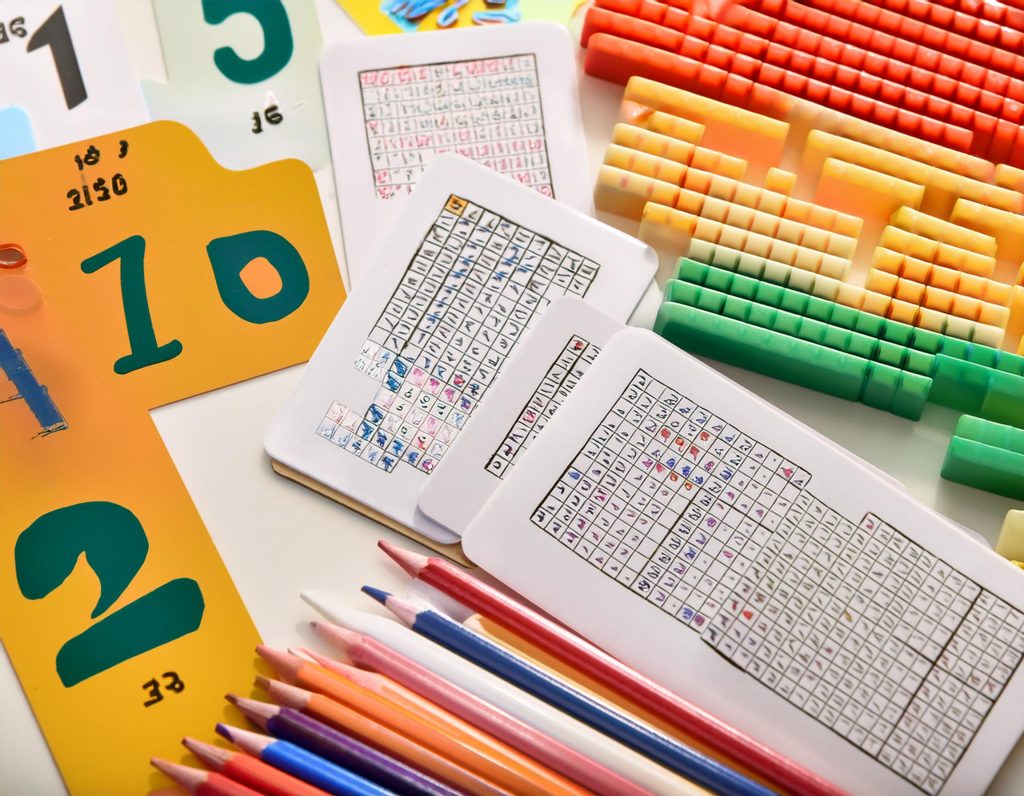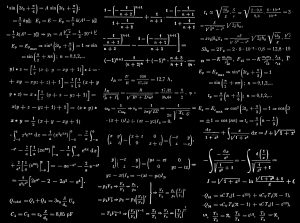How to Use Teaching Aids for Maths to Enhance Your Child’s Learning

Are you looking for fun and interactive ways to teach math to your child? Using effective teaching aids for maths can transform their learning experience and make math an exciting subject. This article explores various creative and engaging methods to teach math to children aged 6 to 12, helping them build a strong foundation in mathematics.
The Importance of Teaching Aids
Teaching aids for maths play a crucial role in helping children grasp complex mathematical concepts. These aids make abstract ideas tangible and easier to understand, fostering a deeper comprehension and a love for learning.
Types of Teaching Aids
1. Abacus
The abacus is a timeless tool that has been used for centuries to teach basic arithmetic. It helps children visualise numbers and understand mathematical operations through hands-on learning. The abacus is particularly effective for numbers and basic operations like addition, subtraction, multiplication, and division.
2. Manipulatives
Manipulatives are physical objects that children can use to explore mathematical concepts. These can include counting blocks, beads, and fraction circles. Manipulatives are excellent teaching learning material for maths as they allow children to physically manipulate objects to understand abstract ideas better.
3. Number Lines
Number lines are simple yet powerful teaching aids for numbers. They help children grasp the concept of number sequences, addition, and subtraction by visualising the relationships between numbers. Number lines can be drawn on paper or created using string and markers for a more interactive experience.
4. Flashcards
Flashcards are versatile teaching aids that can be used to reinforce basic math facts, such as multiplication tables and number bonds. They are a great way to engage children in quick, repetitive practice sessions, making them one of the most effective mathematics teaching aids.
Creative Teaching Aids
Incorporating creativity into math lessons can make learning more engaging and enjoyable for children. Here are some creative teaching aid ideas:
1. Math Puzzles and Games
Math puzzles and games are fun ways to teach math while developing critical thinking and problem-solving skills.
-
Sudoku: Introduce your child to Sudoku puzzles to improve their logical thinking and number placement skills.
-
Math Bingo: Create Bingo cards with math problems and solutions. This game reinforces basic arithmetic in a playful setting.
2. Storytelling with Math
Integrating storytelling with math is an innovative way to teach mathematical concepts. Create stories that incorporate math problems, helping children understand and remember concepts better. This approach can be particularly effective for younger children who enjoy imaginative play.
3. DIY Teaching Aids
Creating your own teaching aids can be a fun and rewarding experience. Here are some DIY teaching aid ideas:
-
Homemade Fraction Circles: Use cardboard to create fraction circles that help children understand fractions and pie charts.
-
Math Board Games: Design board games that incorporate math challenges and rewards, making learning a collaborative and enjoyable experience.
Fun and Interactive Methods
1. Incorporate Physical Activity
Combining math lessons with physical activity keeps children engaged and energised.
-
Math Relay Races: Create relay races where children solve math problems at each station before moving on to the next.
-
Math Hopscotch: Draw a hopscotch grid with numbers and have children solve math problems by hopping to the correct answers.
2. Cooking and Baking
Cooking and baking provide practical applications of math concepts such as measurement, fractions, and ratios. Involve your child in measuring ingredients and following recipes to demonstrate the real-world relevance of math.
3. Art and Math Integration
Integrating art with math helps children understand geometric concepts and patterns.
-
Geometric Art Projects: Create art projects that involve drawing and colouring geometric shapes.
-
Symmetry Drawing: Teach symmetry by having children draw the mirrored halves of objects.
Effective Ways to Study Math
Creating a supportive and stimulating learning environment is essential for effective math study. Here are some tips to help your child excel in math:
1. Establish a Routine
Set a regular study schedule to help your child develop a habit of consistent practice. Short, daily sessions are more effective than long, infrequent ones.
2. Use a Variety of Resources
Combine different teaching learning materials for maths to keep your child engaged. Rotate between manipulatives, worksheets, and digital resources to maintain interest.
3. Encourage a Growth Mindset
Praise your child’s efforts and progress rather than just their achievements. Encourage them to see mistakes as learning opportunities, fostering a positive attitude towards math.
Encouraging Group Learning
Group learning activities can make math more interactive and social, helping children learn from each other.
1. Study Groups
Form study groups where children can work together on math problems. This encourages collaboration and peer learning.
2. Math Clubs
Join or start a math club where children can participate in math-related activities and competitions. This creates a sense of community and support.
3. Peer Teaching
Encourage children to teach each other. Explaining concepts to peers can reinforce their own understanding and build confidence.
Conclusion
Engaging activities and teaching aids are key to making learning enjoyable for your child. By incorporating these fun and interactive methods into their daily routines, you can nurture a positive attitude towards math and help your child build a strong foundation in this vital subject. Remember to encourage a growth mindset, be patient and supportive, and create a math-friendly environment at home.
To further enhance your child’s mathematical development, consider exploring different teaching aids and methods tailored to your child’s needs. For more structured programs and advanced learning techniques, visit SIP Abacus. The program uses an abacus tool alongside visualisation techniques to teach children mental math skills. Research indicates that children who participate in the SIP Abacus program excel in math and reading, often outperforming their peers by 3-4 years within just 2 years of joining. This unique approach, which stimulates both sides of the brain, has been shown to foster children’s academic and overall growth.
With the right approach and engaging activities, your child can improve their math skills and develop a lifelong love for learning. Start planning your child’s math adventure today!



